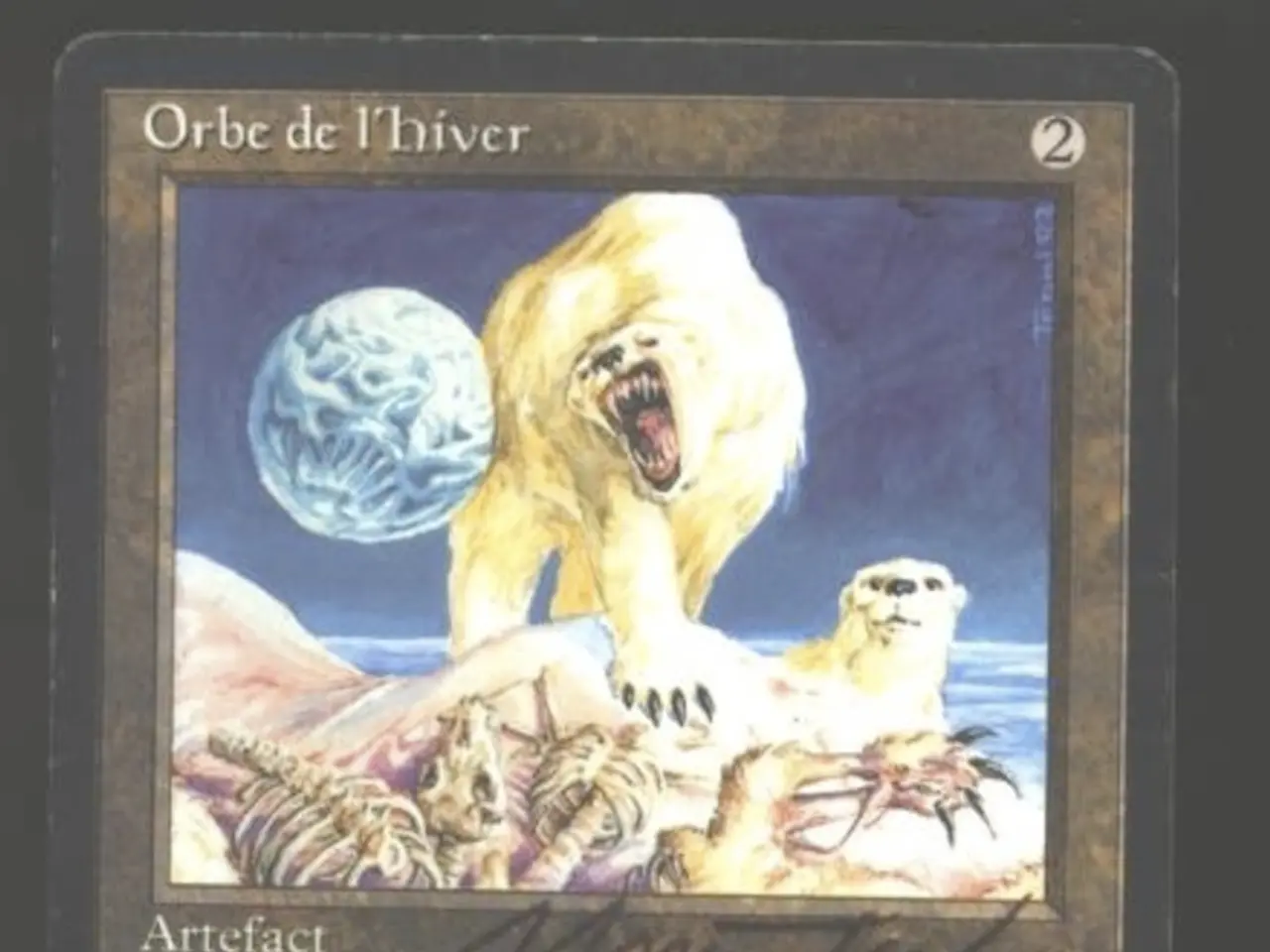Journey of Creatures into Space Since the 1940s
In the realm of space exploration, humans are not the only ones to have ventured beyond our planet. Over the years, a diverse array of animals have been sent into space, each mission offering a new opportunity to study the effects of microgravity on life forms.
The journey began in 1947 with the humble fruit fly, marking the start of a series of groundbreaking experiments. Since then, a multitude of creatures, from the smallest roundworms to the largest tortoises, have taken their place among the stars.
One of the earliest mammals to make the journey was Albert II, a rhesus monkey, who in 1949 became the first primate, first mammal, and first animal from Earth to travel into space. His voyage paved the way for other primates, such as Enos, a chimpanzee, who reached Earth orbit in 1961, and the famous astronauts Belka and Strelka, who in 1960 became the first animals to orbit Earth and return alive aboard Sputnik 5.
During the 1960s and 1970s, the United States and the Soviet Union engaged in a friendly competition to see who could send the most animals into space. The Soviet Union, initially focusing on orbital missions with dogs, successfully returned animals from orbit in 1960, marking a significant milestone. However, the Americans were not far behind, launching a variety of animals such as crickets, mice, rats, frogs, newts, fruit flies, snails, carp, medaka (rice fish), oyster toadfish, sea urchins, swordtail fish, spongy moth eggs, stick insect eggs, brine shrimp, quail eggs, and jellyfish aboard Space Shuttles during the 1990s.
In the 21st century, the study of animals in space has continued, with some fascinating discoveries. For instance, in 2014, Russia launched the Foton-M4 satellite into low Earth orbit with one male and four female geckos (possibly gold dust day geckos) as the payload to study the effects of microgravity on reproductive habits of reptiles. Similarly, in 2011, the last flight of Space Shuttle Endeavour carried two golden orb spiders, named Gladys and Esmeralda, as well as a fruit fly colony as their food source to study the effects of microgravity on spiders' behavior.
More recently, the Israeli spacecraft Beresheet crashed into the Moon during a failed landing attempt in 2019, potentially leaving thousands of tardigrades on the lunar surface for some years. These microscopic creatures, known for their extreme resilience, were part of an experiment to study their survival capabilities in space.
In addition to these missions, various animals have been studied on the International Space Station, including C. elegans roundworms, quail eggs, and pavement ants. The search strategies of pavement ants were studied on the ISS in 2014, while C. elegans are part of ongoing experiments to understand the effects of microgravity on their development and behaviour.
The study of animals in space not only offers insights into the effects of microgravity but also provides a unique opportunity to observe their behaviour in a completely new environment. As technology advances and our understanding of space grows, it is likely that we will continue to see more and more creatures taking their place among the stars.
Read also:
- Peptide YY (PYY): Exploring its Role in Appetite Suppression, Intestinal Health, and Cognitive Links
- Toddler Health: Rotavirus Signs, Origins, and Potential Complications
- Digestive issues and heart discomfort: Root causes and associated health conditions
- House Infernos: Deadly Hazards Surpassing the Flames








